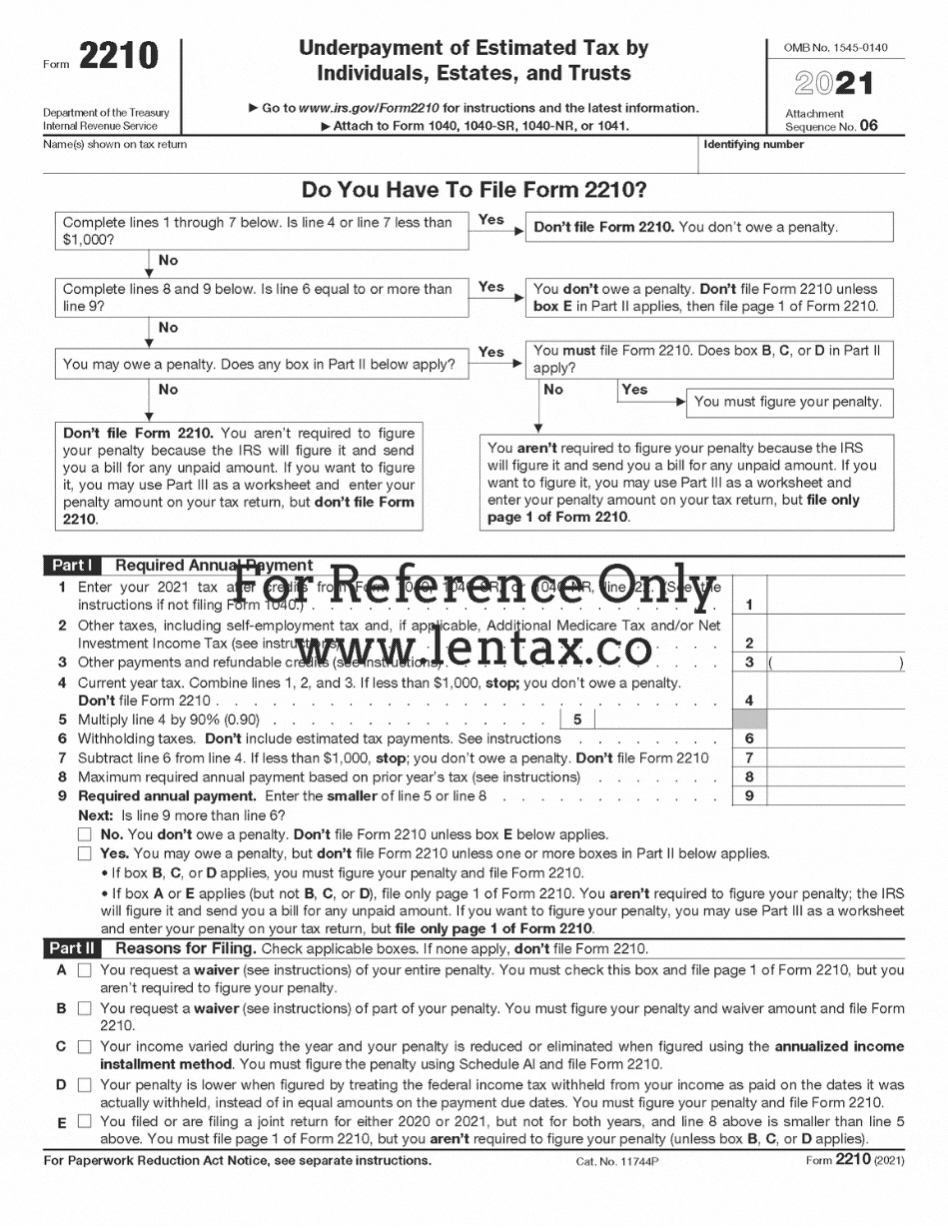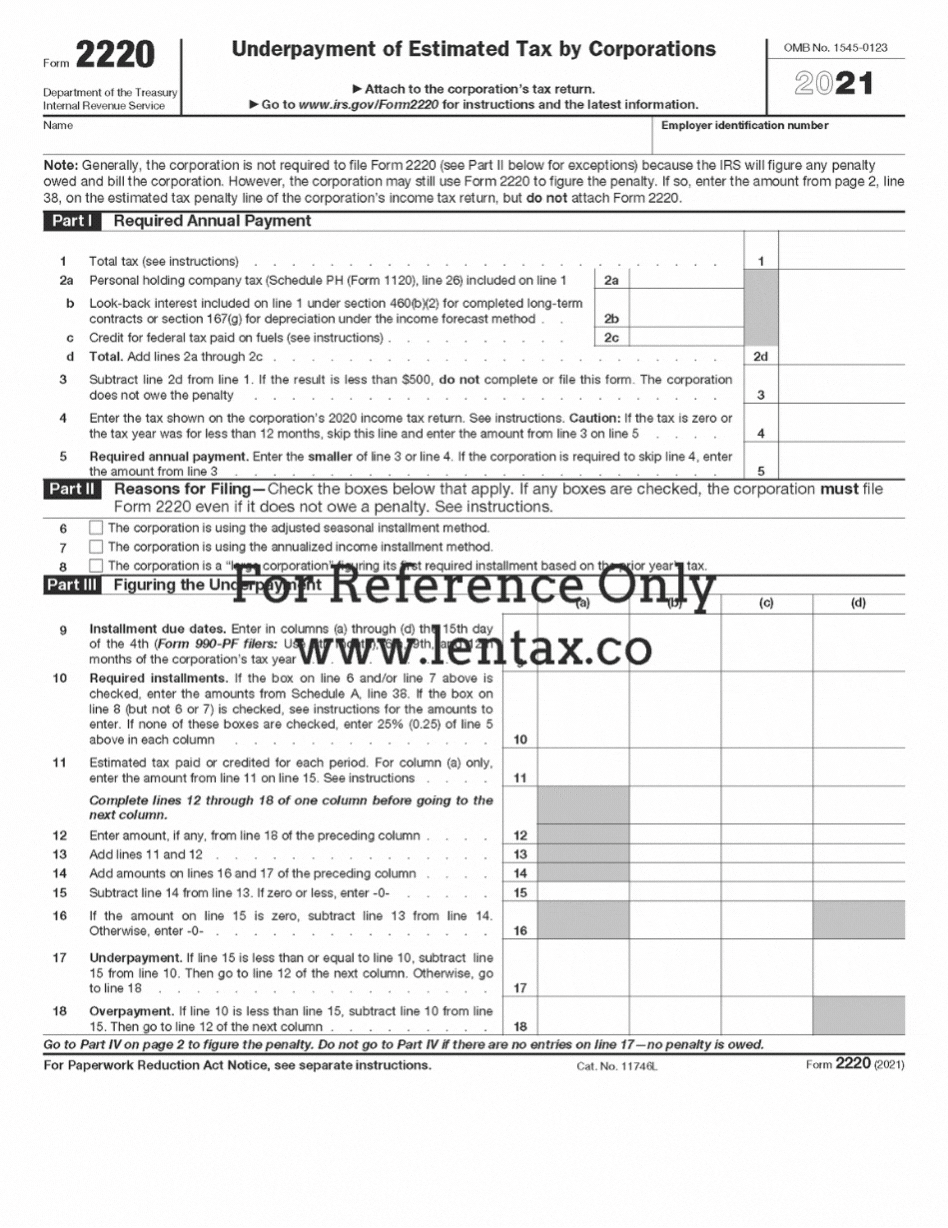Explore bountiful tax savings with tax planning using the strategy of penalty avoidance.
*IRS Penalties, https://www.irs.gov/payments/penalties
About this page:
If you want to stop paying high taxes for you, your family, or your business, learning how to avoid penalties as a tax planning strategy, is a great way to get started!
Read on to learn about penalties, how to avoid them, and how to have them removed.

Tax Planning & Penalty Avoidance
Avoiding PYP can used to keep money in your pocket!
It is a strategy that anyone can master.

Step 1
Am I liable for penalties2?
What are the penalties and how much will they be if I fail to file on time?
What are the penalties and how much will they be if I fail to pay backup withholding?
What are the penalties and how much will it be if I fail to pay my tax bill when it becomes due?
What are the penalties and how much will it be if I fail to pay estimated taxes on time?
Step 2
Am I at a higher risk for penalties if I fail to file altogether?3
Do I have enough cash flow to pay estimated taxes and pay any additional tax when I file my return?
If I cannot avoid penalties, do I have enough cash flow to pay them when they become due?
Do I have a tax plan that includes a combination of tax strategies I can use to mitigate the penalties, if I owe?
Step 3
Do I have required filing and payment dates marked on my calendar with reminders set with adequate notice?
Am I eligible and do I have all the necessary records for substantiation, if I file for penalty abatement?
Are my records easily retrievable in case I am required to provide substantiation, in case of an audit4?
Step 4
Am I able to accurately complete all the necessary tax forms to avoid noncompliance?
Am I filing all the necessary tax forms in a timely manner to avoid noncompliance?
Are Steps 1 - 3 in place, and for Step 2, how can I adjust my risk plan to further reduce my risk, for the next tax year?

First, determine how much the penalty is and whether it applies to you.
The following penalties apply to all taxpayers:
In addition to penalties, interest is charged on any tax not paid by the return due date.
For individual taxpayers, it's the federal short-term interest rate plus 3 percentage points. This means that until June 30, the rate is 4% per year, compounded daily. Starting July 1, 2022, through September 30, 2022, the rate will be 5% per year, compounded daily. Interest rates are subject to change quarterly.
Interest stops accruing as soon as the tax is paid in full. By law, interest cannot be abated, however, interest charged on a penalty will be reduced or removed when that penalty is reduced or removed. If an unpaid balance remains on your account, interest will continue to accrue until the account is full paid.
How Can I Remove or Abatement Penalties That Have Already Been Assessed?
The IRS may provide administrative relief from a penalty that would otherwise be applicable under IRM Part 20.1.1 Introduction and Penalty Relief of its First Time Penalty Abatement policy.
You may qualify for First Time Penalty Abatement (FBA) for relief from the following penalties:
If you received one of the penalties above and you can answer "Yes" to all of the following, you can apply for FBA:
1. I didn’t previously have to file a return or
3. I paid, or arranged to pay, any tax I owe

Second, create a risk plan to set aside cash flow, if available, in case penalties are likely to be assessed and create a tax plan with tax strategies that mitigates PYP using other strategies that align with your particular facts and circumstances to minimize, defer, or eliminate business taxes in the current year, prior year, or future year.
We suggest hiring a tax consultant, like ourselves, to create a personalized tax plan for you.


Third, implement the tax plan9 by keeping adequate records. Implementation could mean purchasing recordkeeping software & bookkeeping support, purchasing equipment, or investing in a specific business enterprise to implement the strategies in the tax plan. A thorough review of your cash flow and your best estimate of future earnings are critical to realizing the tax savings in the tax plan.
Keeping adequate and reliable records plays a critical role for supporting documentation.

Finally, plan ahead by setting a reminder as far in advance as possible to review and take action on all the steps of PYP, including filing, timely and accurately, all the necessary tax forms and worksheets to meet compliance and to take advantage of all the tax benefits of the other strategies in your tax plan.
This could mean filing amended returns to adjust amounts in returns filed in prior tax years, for example, when carryforward/carryback provisions are allowed.
Interested in a personalized tax savings presentation?
Learn what tax planning can do for you! Click the "Sign Up" button below to learn more about our "Let's Talk Tax Savings" personalized presentation and complete the sign up form to get started.

Did you know? In Publication 55-B (Rev. 5-2022) Internal Revenue Service Data Book (2021), page 2 indicates that civil penalties for individuals, estate and trust income taxes make up 80% of all the amount of penalties assessed against the following taxpayers combined:
Interested in a personalized tax savings presentation?
Learn what tax planning can do for you! Click the "Sign Up" button below to learn more about our "Let's Talk Tax Savings" personalized presentation and complete the sign up form to get started.

Did you know? Under the tax law, if you pay someone for services, you are responsible for knowing they are, by collecting their legal name and taxpayer identification number, or TIN (i.e. their SSN or EIN).
Payment Card and Third Party Network Transactions (Form 1099-K)
Rents, profits, or other gains (Form 1099-MISC)
Royalty payments (Form 1099-MISC)
Interested in a personalized tax savings presentation?
Learn what tax planning can do for you! Click the "Sign Up" button below to learn more about our "Let's Talk Tax Savings" personalized presentation and complete the sign up form to get started.

"Anyone may so arrange his affairs that his taxes shall be as low as possible; he is not bound to choose that pattern which will best pay the Treasury; there is not even a patriotic duty to increase one's taxes"
---Billings Learned Hand (1872 - 1961), American Jurist, Lawyer, and Judicial Philosopher, US Federal Trial Judge, Southern District of New York, Appellate Judge of US Court of Appeals ---
_300x175-1.png?width=150&height=88&name=Pic_Lentax.co%20Logo%20(2021_09)_300x175-1.png)
%20Internal%20Revenue%20Service%20Data%20Book%2c%202021.gif?width=250&height=324&name=Publication%2055-B%20(Rev.%205-2022)%20Internal%20Revenue%20Service%20Data%20Book%2c%202021.gif)
%20Internal%20Revenue%20Service%20Data%20Book%2c%202021-2.gif?width=250&height=324&name=Publication%2055-B%20(Rev.%205-2022)%20Internal%20Revenue%20Service%20Data%20Book%2c%202021-2.gif)
%20Number%20of%20Returns%20Examined%2c%20by%20Examination%20Type%2c%20Fiscal%20Years%202012%E2%80%932021%20Lentax.co.gif?width=250&height=324&name=Publication%2055-B%20(Rev.%205-2022)%20Number%20of%20Returns%20Examined%2c%20by%20Examination%20Type%2c%20Fiscal%20Years%202012%E2%80%932021%20Lentax.co.gif)
%20Table%2022.%20Information%20Reporting%20Program%2c%20Fiscal%20Year%202021.gif?width=250&height=324&name=Publication%2055-B%20(Rev.%205-2022)%20Table%2022.%20Information%20Reporting%20Program%2c%20Fiscal%20Year%202021.gif)
_300x175-3.png?width=150&height=88&name=Pic_Lentax.co%20Logo%20(2021_09)_300x175-3.png)